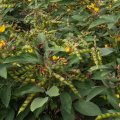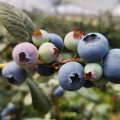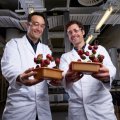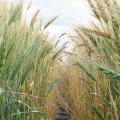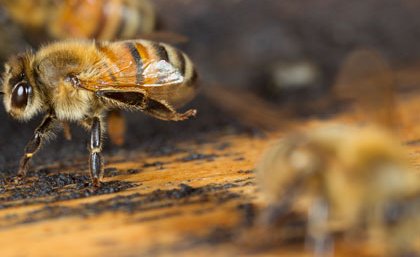
Food scientists at The University of Queensland have discovered a new, low-cost way of accurately predicting the antimicrobial properties of honey.
The new technique could provide a cheaper, more accurate and more practical method of determining the therapeutic properties in honey, benefiting beekeepers, processors and consumers.
UQ Queensland Alliance for Agriculture and Food Innovation (QAAFI) researcher Dr Yasmina Sultanbawa said natural compounds in honeys were known to inhibit Staphylococcus and other bacterial infections such as E.coli.
Honeys derived from a family of Australian and New Zealand plants were of particular interest to scientists.
“When a bee sources nectar from flowering Leptospermum plants, such as jelly bush or manuka, the resulting honey often contains compounds that inhibit microbes, the minute organisms that can cause infection and disease,” Dr Sultanbawa said.
“Scientists have developed ways to measure some of these properties, mainly in manuka-style honeys, but these have tended to be limited in scope, requiring relatively complex and expensive testing procedures.
“Both consumers and the honey industry want an accurate but inexpensive way of measuring and classifying the range of therapeutic properties in honeys.
“Currently there is no simple method recognised across the honey industry that is accepted as the ‘standard’ for assessment of honey’s medicinal properties and resulting commercial value,” she said.
Researchers tested a range of honey samples for antimicrobial activity and found different levels of antimicrobial properties.
The selection included heath (Banksia ericifolia), yellow box (Eucalyptus mellidora), iron bark (Eucalyptus crebra), juniper (Leptospermum juniperinum) and jelly bush (L. polygalifolium) honeys – which consistently registered the highest concentration of antimicrobial properties.
Dr Sultanbawa’s team found that exposing honey to light in the mid-infrared range could be used to accurately predict the presence and quantity of methylglyoxal, a key antimicrobial compound in honey.
The research is published in the article Infrared spectroscopy as a rapid tool to detect methylglyoxal and antibacterial activity in Australian honeys, Food Chemistry, Elsevier, 172 (2015) 207-212.
Media: Dr Yasmina Sultanbawa, (07) 3276 6037; QAAFI Communications, 0417 425 510.
Note: Dr Sultanbawa is available for interview. A demonstration of the technique being used to detect antimicrobial activity in honey will be set up today (Wed, 25 Feb) for interested members of media at the Health and Food Sciences Precinct – 39 Kessels Road, Coopers Plains. Please register your interest by calling QAAFI Communications, 0417 425 510.
.jpg)

